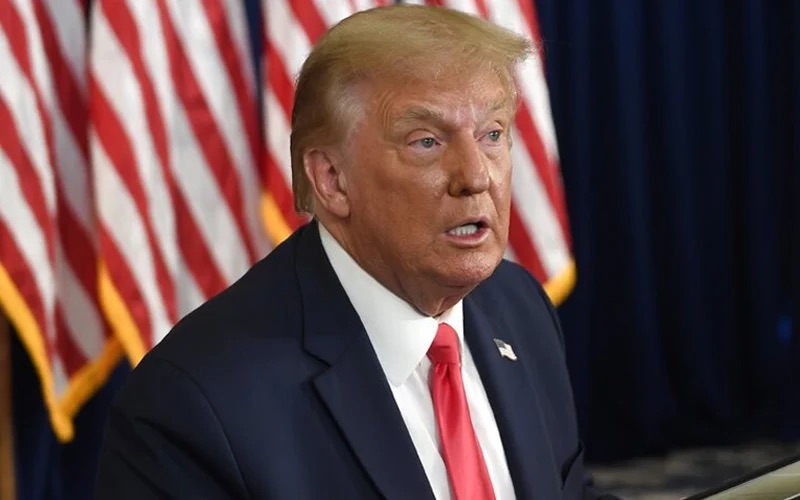
Donald Trump has promised to maintain and escalate protectionist tariffs on imports. He is singularly determined to eye China for these punitive moves. His administration has sown deep confusion about the aims of existing trade talks. Firms are assuming further price increases and even shortages due to the tariffs. Trump’s contradictory statements and out-of-context comments on trade policy have left many in the business world spooked.
Negotiation Plans and Emergency Tariff Amendments
As of a few weeks ago, Trump was still promising that he’d negotiate many new tariff rates. He says he plans to do this without stepping outside the U.S. government. These will be made final in the next few weeks. In doing so, this moves the goal post further on the uncertainty of the future of U.S.-China trade relations. The baseline import duties were slashed to 10% on an emergency basis. This amendment only goes for a period of 90 days to allow for re-negotiation.
Under the last administration, the nominal tariffs on Chinese imports skyrocketed to an average of 145%. In response, China retaliated with its own tariffs of 125% on U.S. products. Environmental and economic stakeholders from across the political spectrum have joined in sounding the alarm against these punitive actions. They are warning that the tariffs would cause a recession. Local businesses are already beginning to feel the effect on the economy. Whether it’s in terms of higher prices, lower sales, or looming reduced shelf availability in retailers due to decreased Chinese shipments.
Ongoing Confusion and Uncertainty
Though Trump has claimed that he is in daily talks with the Chinese government over tariffs, it’s still not clear at this point what’s happening. Yet both the Chinese government and U.S. Treasury Secretary Scott Bessent have said that no serious negotiations have started. This lack of clear communication from the Trump administration has left many stakeholders wondering about the actual direction of trade policy.
Uncertainty is perhaps the biggest buzzword to come out of discussions surrounding tariffs. It has shown up 80 times — a huge increase compared to 45 times in early March and only 14 times back in January. Meanwhile, manufacturers and retailers are overwhelmed by the increasing levels of uncertainty. The tech industry is just one example of a business that is now rewriting playbooks because of unpredictable trade conditions.
Now, south Korean officials are sounding the alarm on the tariffs. They are pushing to see them removed in order to avoid further delay of a trade agreement until July. Their request illustrates the broader impact of U.S. tariff policy. This has ramifications beyond China itself and in fact influences global trade relations.
The effects of Trump’s tariff decisions are already showing up in nearly every sector. Businesses are struggling with how to increase prices to make up for increased costs from tariffs. Or, they face declining sales as household spending is pinched by these cost increases, leading consumers to spend less. Retailers are already planning uncertainty with their inventories that could upend shaped supply chains and touch consumers in a big way.
What The Author Thinks
The ongoing uncertainty surrounding Trump’s tariff policy is undermining the stability of both U.S. businesses and global trade relations. As the administration struggles to clarify its objectives, companies are left navigating unpredictable conditions that are causing real economic consequences. Clearer communication and more predictable policies are needed to reduce the strain on businesses and restore confidence in the economy.
Featured image credit: Vitya_maly via GoodFon
Follow us for more breaking news on DMR
